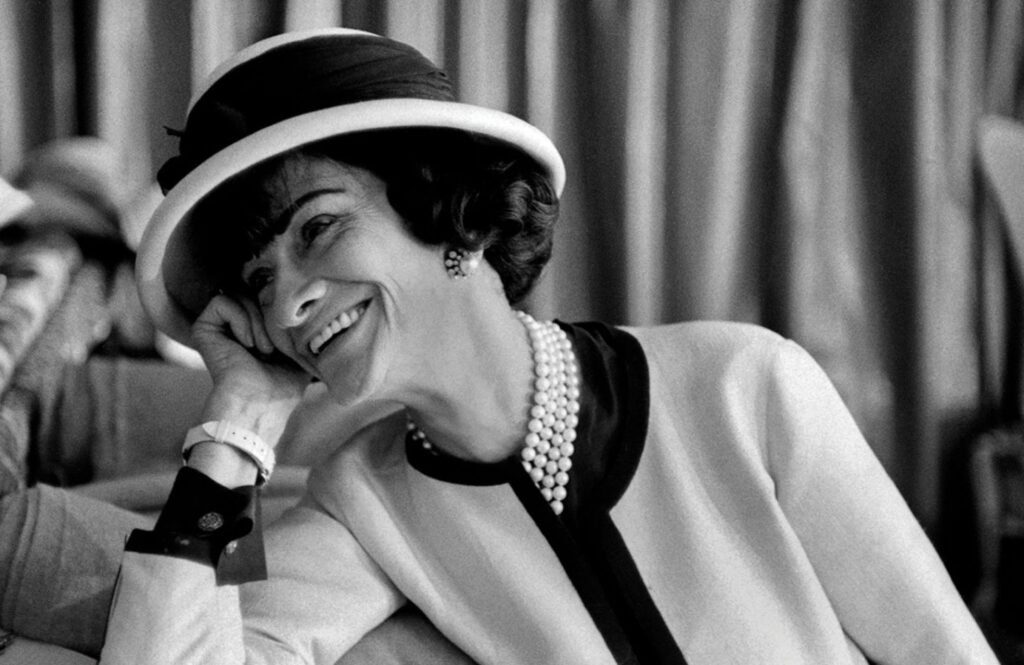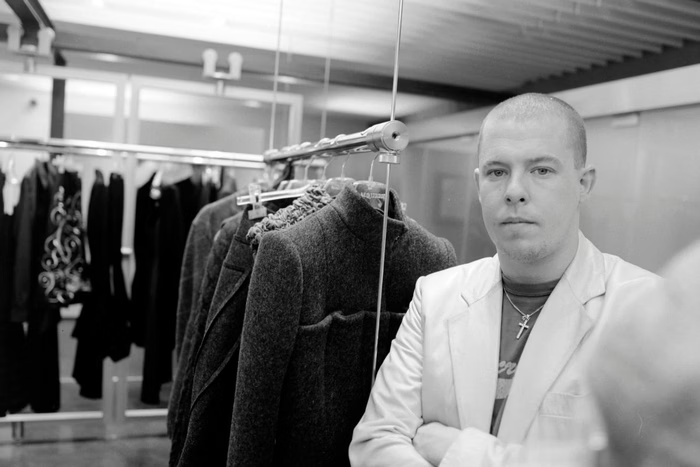The relationship between art and fashion is historic and increasingly intense. From early modernist movements to current digital experiments, artists and designers have influenced one another, transforming how we perceive clothing, style, and identity.
Today, discussing art in fashion means understanding how artistic creativity moves beyond galleries and onto runways, setting fashion trends that shape the behavior of an entire generation.
Art in Fashion: A Dialogue that Creates Style
Fashion has always sought inspiration in the visual arts. Designer Coco Chanel, for example, engaged with European modernism, while Yves Saint Laurent made history with his 1965 collection inspired by Piet Mondrian’s paintings. That episode remains one of the most emblematic moments when art directly influenced clothing.

Diana Vreeland, the legendary editor of Vogue, once said that fashion is the immediate reflection of the artistic spirit of its time. This idea is explored in the book Fashion and Art (2012), edited by Adam Geczy and Vicki Karaminas, where the authors highlight how fashion does not simply reproduce artistic elements but reinvents them to create something new.
Moreover, museums such as London’s Victoria and Albert Museum have dedicated entire exhibitions to this fusion, showing that fashion is indeed an extension of art. Clothing ceases to be merely functional and becomes a dialogue with aesthetic, emotional, and cultural concepts.
The Role of Art in Shaping Fashion Trends
Looking at the evolution of fashion, it becomes clear that trends do not emerge solely from textile industries or runway shows. They are born from the interaction between art, society, and collective desire.
Philosopher Anne Hollander, in Seeing Through Clothes (1993), emphasized that artistic representations have always shaped garments, from Renaissance portraits to contemporary photography. This view confirms that art not only influences but also legitimizes fashion trends.
In recent years, designers such as Alexander McQueen and Jean-Paul Gaultier have shown that the runway functions as an artistic stage. Their collections, inspired by paintings, sculptures, and even installations, created trends that go beyond aesthetics, addressing gender, politics, and cultural identity.
This creative power proves that art in fashion goes beyond colors or shapes; it provokes, challenges standards, and inspires consumers to see clothing as an extension of artistic expression.
The Future of Art in Fashion and New Trends
Looking ahead, the presence of art in fashion will only grow stronger. The rise of digital technologies has opened new possibilities for creation and consumption. Today, artists and designers collaborate on digital garments, NFTs, and metaverse experiences.
The book Art/Fashion in the 21st Century (2013), by Mitchell Oakley Smith and Alison Kubler, points out that fashion and art are becoming inseparable, especially with the growing value placed on exclusivity and authenticity. In this context, clothing ceases to be a simple product and becomes an artwork, often unique, carrying aesthetic and social meaning.
Additionally, there is a growing interest in sustainable projects that unite art, fashion, and environmental awareness. Aesthetics now walk hand in hand with purpose, and future fashion trends are expected to reflect this shift: longer-lasting pieces designed as everyday sculptures.



